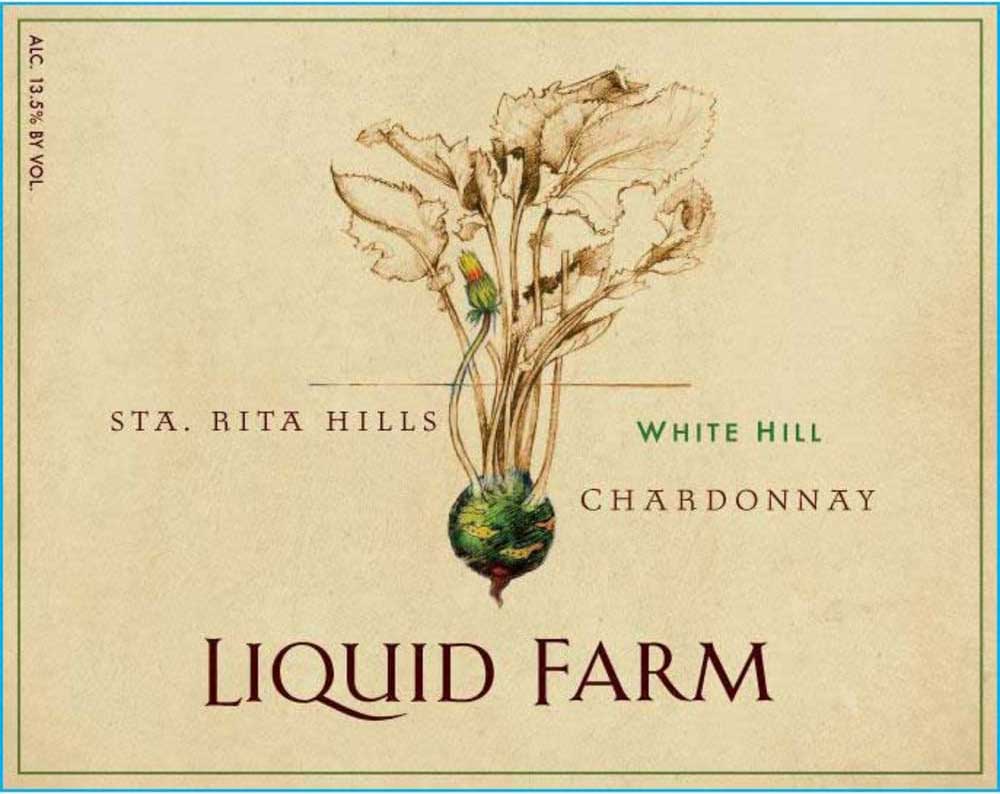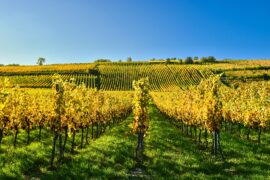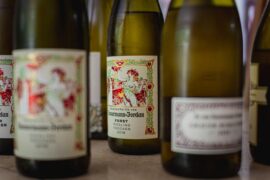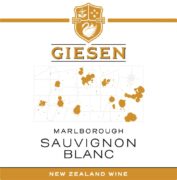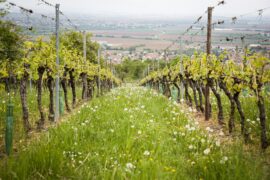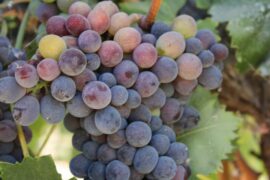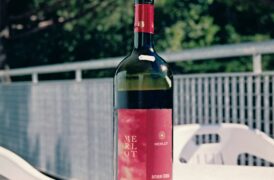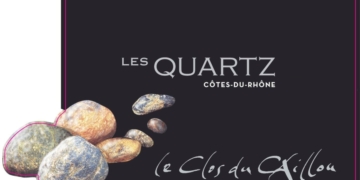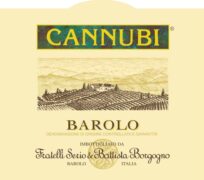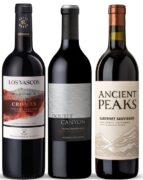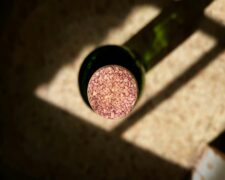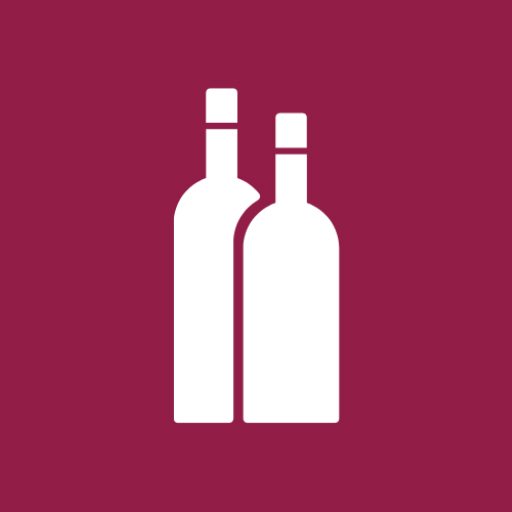Wine in North America is not just about California, even though over 80 percent of all American wine comes from there. Oregon and Washington State have made the Pacific Northwest the second most significant wine region in the country. Unlike Europe, where wines are made from a few exceptions of different grape varieties from a single species, Vitis vinifera, North America has 21 different species in two subgenera.
The native American grapes of the species Vitis labrusca produce wines with a flavor known as “foxy,” which makes the wine smell artificially of candy and flowers—or just different with hints of fur.
California: The Largest Wine Region
Wine in North America is not just about California, even though 80 percent of all American wine comes from there. Oregon and Washington State have made the Pacific Northwest, which also includes Idaho, the second most significant wine region in the country.
The East Coast, particularly New York State, had large plantings of hybrid grapes starting in the 1850s. Today, the focus has shifted to more classic grape varieties such as Riesling, Chardonnay, Pinot Noir, Cabernet Franc, and Cabernet Sauvignon.
Hybrid grapes like Seyval Blanc, Vidal Blanc, and Vignoles still appear in sweet quality wines.
Finger Lakes and Long Island in New York State have advanced the furthest and are recognized internationally, but several other East Coast states follow, including Virginia, Pennsylvania, and Maryland, and further south, North Carolina and Georgia. Michigan and Ohio benefit from the Great Lakes.
Missouri in the heart of the continent has old wine traditions, and Texas in the far south is developing new ones.
Wines and Grapes
Apart from California, the Pacific Northwest, and New York, all states—even Alaska—have some form of grape cultivation or wine production.
Michigan
Michigan has some of the largest vineyard areas in the USA, with the labrusca grape Concord being significant. However, the cultivation of vinifera grapes is increasing, with the best results from aromatic varieties like Pinot Blanc, Pinot Gris, Gewürztraminer, and Riesling.
Pennsylvania
Pennsylvania also has significant plantings. Here, hybrids such as Seyval and Vidal coexist with Cabernet Sauvignon and Chardonnay.
Virginia
In Virginia, vinifera grapes are in the clear majority compared to hybrids and American varieties, and Bordeaux grapes yield good results. To the south, along the coast, humidity and heat pose problems, forcing vineyards to higher elevations.
Missouri and Arkansas
Missouri also has relatively large vineyards, primarily consisting of hybrids and American grape varieties like the blue Norton, also known as Cynthiana.
Arkansas has a similar selection of grapes, but Chardonnay, Cabernet Sauvignon, and Merlot are also grown, among others.
Near the Mexican border, Arizona, New Mexico, and Texas have vineyards at high elevations due to the heat.
Laws
Previously, only the administrative division into state and county was used to indicate a wine’s geographical origin in the USA. However, in 1980, a system for controlled origin designation was introduced: American Viticultural Area (AVA). This regulates the minimum amount of grapes from a specified area but guarantees no quality standard and is not printed on the wine label. Of the USA’s 246 AVAs, 140 are in California.
The origin designation is divided into six levels:
- American or United States Appellation – The wine can be made anywhere in the USA.
- Multi-State Appellation – The wine can come from two or three states. The grapes must come from the specified states, and the proportion of wine from each state must be indicated on the label.
- State – If a state is indicated as the origin, 100 percent of the grapes must come from there.
- County – If a county is indicated as the origin, 75 percent of the grapes must come from there.
- AVA – If an AVA is indicated as the origin, 85 percent of the grapes must come from there.
- Single Vineyard – If a specific vineyard is indicated as the origin, 95 percent of the grapes must come from there.
These are the general guidelines, but each state governs whether to have stricter legislation. The state of Oregon is an example of this.
History
The French Produce the First Wine
The first known American wine was made by French Huguenots in Florida in 1562. They used the native scuppernong, a grape within the species Vitis rotundifolia, which is still used for winemaking in the southeastern states of the USA.
Cold-Resistant and Immune Species
The most significant wine on the American East Coast comes from grapes that belong to the species Vitis labrusca. This is due to its cold hardiness and relative resistance to the grape phylloxera, Daktulosphaira vitifoliae. The pest naturally occurs in the soils of the East Coast and has made the rootstocks more or less resistant to the pest.
Nothing Can Overcome the Phylloxera
Wines from native grapes did not appeal to the migrating Europeans, who began importing cuttings from Europe.
Virginia was the first area to attempt vinifera wines in 1619, and Pennsylvania was first with a commercial winery in 1793. New York State took the lead in wine on the East Coast. Texas has long held the motto “Wine – the next big thing from Texas,” but it has not become that significant.
For over 200 years, attempts were made with one European variety after another, but phylloxera destroyed all efforts.
The phylloxera also arrived in vinifera-growing California as a stowaway on infested cuttings from Europe. However, salvation was on the way—from the same direction as the pest had come.
Grafted Rootstocks Solve the Problem
In the 1870s, when phylloxera began wreaking havoc in Europe, George Husmann shipped resistant labrusca rootstocks from his vineyard in Missouri to France. This initiated a rescue operation for both European and Californian wine. European grape varieties grafted onto American rootstocks provided a solution to the problem.
Prohibition and Decline
The Prohibition period from 1920 to 1933 dealt a severe blow to the American wine industry, which had to focus on producing grape juice and communion wine. The subsequent world war did not help the situation, and it can be said that an entire generation of vineyards in the USA was lost. During the 1940s and 50s, large industries began to establish themselves in California. The focus was on strong brands and generic wines based on European models with names like “California Chablis,” “California Sherry,” and similar. However, not until the late 1960s did interest in wine awaken among American consumers.
1976: California Hits the Big Wine Map
Even at the World Fair in Paris in 1889, Europe took notice of Californian wine, which won 35 gold, silver, and bronze medals. The definitive breakthrough came in 1976 at the famous Paris tasting, where a Cabernet/Merlot and a Chardonnay outperformed all other wines in a blind tasting. The French did not want to believe it, but California was now on the big wine map, and France had to get used to increasingly tough challenges from the entire New World.
Today, the USA is one of the world’s largest wine producers—ranking fourth after France, Italy, and Spain—and is also a major importer. Overall, it is the largest wine market in the world. In the USA, small, large, and gigantic producers create wines in all price ranges made from all conceivable grape varieties.



